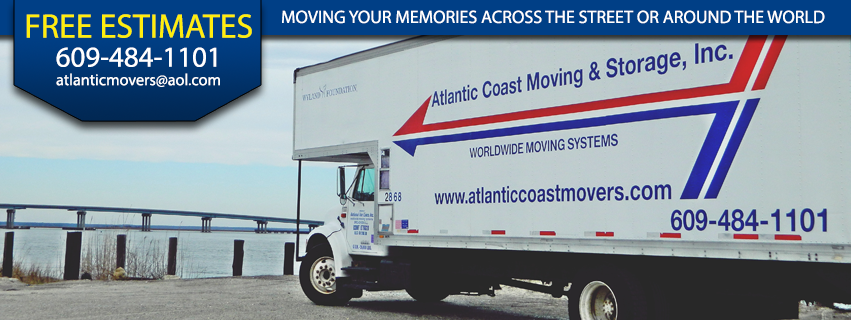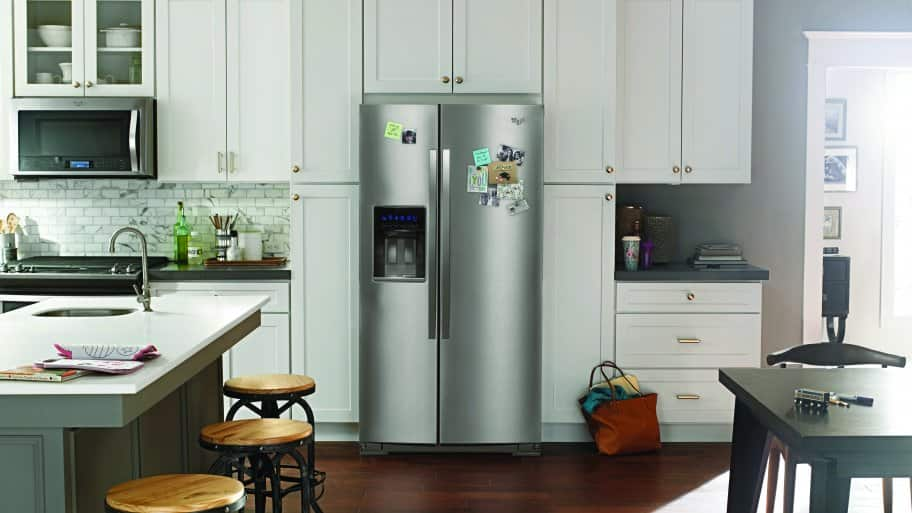Preparing to move to another state? From packing your belongings to finding a cost-effective way to move, relocating to a new state is no easy task. Fortunately, we’re here to help. To ensure a smooth move to your new home, follow these 13 tips when relocating out of state.
#1 Visit your new state and city
Before moving to another state, I highly recommend making at least one trip to your new city. This way, you can get a good feel for the location and various neighborhoods. Bring a guide book with you or head to the town’s visitors center for brochures, maps and recommendations. If staying in a hotel, ask the concierge for suggestions. You should also be able to find plenty of information on your new city and state through internet research and review sites. In addition to the city’s tourism attractions, I recommend seeking out local hot spots and under-the-radar hangouts.
# 2 Research schools
2 Research schools
Have school-age children? Make researching schools in your new city or state a high priority. If you plan to send your child to public school, determine which neighborhoods are associated with your schools of interest. To find top-rated schools in your new neighborhood, use Moving.com’s School Ratings tool, which includes GreatSchools ratings and other helpful information.
#3 Budget accordingly
Moving to another state won’t be cheap. In fact, according to the American Moving and Storage Association, the average cost of hiring professional movers for an out of state move is $4,300. Keep in mind that even if you’re planning a DIY move, you’ll have to pay for a truck rental or container, moving supplies and various other expenses. To figure out your budget, start with how much you are willing and able to spend on the move. Then list out all necessary moving expenses. Remember to put a bit of extra money aside for unexpected expenses. Also, if moving for a job, be sure to check whether or not your employer plans to cover part or all of your moving expenses.
#4 Find a place to live
Ideally, you’d like to find a new place to live before you move. Unless you know the area well already, I recommend renting for the first six months while you get a feel for the city. To find a safe, budget-friendly place to live, hire a reputable Realtor to show you homes in your choice neighborhoods. Hiring the right Realtor is extremely important when moving to another state. A knowledgeable real estate agent should be able to help guide you in your house hunting process. They should also know the market inside and out, and be able to help you with all legalities and paperwork. To find a real estate agent in your new state, check Realtor.com’s network of Realtors.
#5 Research moving companies
If you do decide to hire a moving company to help with the move, make sure it’s a reliable and trustworthy one. When researching moving companies, check out company reviews and ratings on Moving.com’s Moving Company Directory. This directory includes customer reviews, the moving company’s U.S. DOT number, Better Business Bureau rating, any official complaints filed with the FMCSA, and whether the moving company has any association with the American Moving & Storage Association. I recommend contacting at least three to four moving companies to obtain a quote. Note: movers should perform either an in-person inspection or a video survey of your belongings before giving you a quote. If the mover gives you a quote over the internet without looking at your belongings or gives you a quote that seems too good to be true, sound the alarm. These are two major red flags that shouldn’t be ignored.
To find the right moving company to handle your next move, check Moving.com’s extensive network of reputable and reliable movers. All relocation companies in our network are licensed and insured, so you can rest assured that your move will be in good hands.
#6 Consider cheaper alternatives to hiring a moving company
Bad news: hiring a moving company for an interstate move is expensive. Good news: there are, however, cheaper alternatives to hiring professional movers. For one, you can rent a portable moving container. These moving containers also double as temporary storage containers when moving. Renting a portable moving container for an out of state move may cost anywhere from $2,000 to $3,000 per month, however, the cost depends on the rental duration and size of the container.
A second alternative is to rent a moving truck and drive your belongings to the new state yourself. Not only are truck rentals a big money saver when it comes to moving, but they’re also easy to come by. Several truck rental options to choose from include U-Haul, Budget, Enterprise and Penske. Finally, if moving a household of belongings a long distance, consider using a large freight moving trailer instead of a moving company. Several popular freight trailer companies include U-Pack, Estes SureMove and Old Dominion Household Services.
#7 Come up with a strategic packing plan
Before boxing up your things, come up with a timeline and plan for packing. I recommend packing all non-essentials first. Non-essentials are anything you won’t need in the weeks leading up to the move, including books, home decor items, and electronics. Pack essentials last. These should include kitchen items, dinnerware and toiletries. To make your packing easier, donate items you won’t need in the new home to a local Salvation Army, Habitat for Humanity or Goodwill. Be sure to pack all important documents and records in a separate clearly-labeled box.
#8 Schedule and transfer your utilities
Before you move, be sure to contact your utility companies to let them know you are moving. Utilities include cable and internet, water and sewer, gas, electricity, satellite, and security system.If you already have an address in your new state, go ahead and schedule a transfer or installation date.
#9 Forward your mail
Fortunately, forwarding your snail mail is easy and can be done well ahead of time. All you have to do is go to USPS.com and choose the date you wish to begin forwarding your mail. Thinking of renting a PO Box in your new city? Check out Moving.com’s guide to setting up a PO Box when you move.
#10 Let others know you are moving
Don’t forget to let your friends, family, neighbors and coworkers know you’re moving! Chances are good that you won’t have time to sit down with everyone in-person to tell them about the move. Instead, try sending a simple email with your new mailing address and any other additional details about the move you wish to share.
#11 Establish domicile in the new state
Once you move, you’ll need to establish legal domicile for tax purposes. If you’re moving to another state permanently and making it your main place of residence, you’ll need to establish legal domicile for tax purposes. To find information on the various ways to establish domicile in your new state, check out the state’s website.
#12 Get a new driver’s license
Want to drive in your new state? You’ll need a new driver’s license from your state’s DMV. Be sure to check your state’s requirements, as many states require new residents to obtain their driver’s license within a specific time window after moving. Keep in mind that while requirements for transferring a driver’s license vary from state to state, you’ll most likely need a driver’s license, proof of residency, proof of your social security number and an additional form of identification.
#13 Purchase a pet registration
Got a pet? You may need to register your furball with your city or county. While requirements and deadlines vary depending on the state, many places require owners to register their pets within a month of acquiring the pet or moving. This is mainly to ensure that animals receive their necessary Rabies shots for public safety purposes.
source:https://www.moving.com/tips/your-checklist-for-moving-to-another-state/


